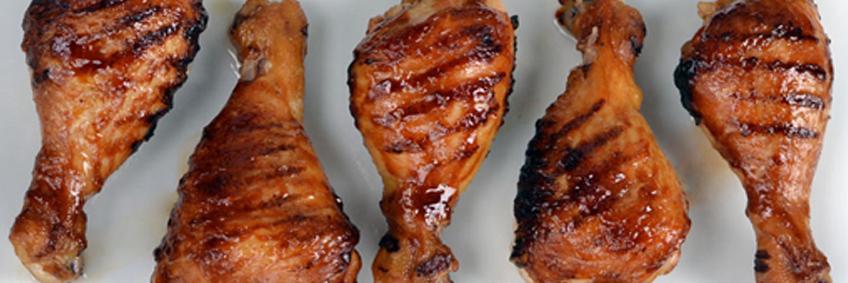Poultry India supports - "Poultry Federation of India raises concern for import of US Chicken legs

Recently, the World Trade Organization (WTO) had ruled against India’s import restrictions on poultry and poultry products citing avian influenza, on grounds that it was inconsistent with the National Treatment Principle under the General Agreements on Tariffs and Trade (GATT). Subsequently, India modified its rules related to imports to meet the US requirements.
Explaining the scenario, Arpita Mukherjee, professor, Indian Council for Research on International Economic Relations (ICRIER), informed, “The US had earlier notified the World Organisation for Animal Health (OIE) of cases of low pathogenic influenza and has not experienced any major outbreak since 2004.”
“By contrast, there have been several outbreaks in India. Thus, we are stopping imports on grounds that we are more prone to,” he added.
Chicken legs are cheaper in the US and they want to export it. Imported chicken legs, in spite of the custom duties, can be sold at a cheap price in India, according to some industry experts. However, others pointed out that the industry need not worry about the same.
Mukherjee said, “Cheap chicken legs can benefit consumers, but one needs to look at the nutrition. There are concerns that it may lead to the import of genetically-modifed organism (GMO) chicken. India needs to take a position on GMO like the European Union (EU), or else it will be unable to stop imports. In India, there are wide range of players in this sector and there are quality issues.”
India is the fourth-largest chicken producer, after China, Brazil and the United States. According to the Agricultural and Processed Foods Export Development Authority (APEDA), India has exported 4,49,527.49 metric tonne of poultry products worth Rs 531.65 crores ($79.51 million) to the world during the year 2016-17.
Showing concern over the impact of chicken legs on the Indian poultry industry, Kotaiah, who is dependent on poultry farming, said, “The World Trade Agreement was prepared by surplus countries to dump their surplus on developing countries. When WTO was formed, Asia was starting poultry production and the United States and Brazil were already reeling under surpluses, which were affecting their local prices. They had to dump the surplus somewhere.”
He added, “There are no farmers in the United States, but only corporations producing chicken in large sized farms. The broiler farms are cleaned once in two years, and they grow their broilers to 3.5 to 4kg weight to get 1kg breast meat, which they consume.”
“The United States uses GM soy and many other growth promoters to rear broilers. These legs are stored in deep freezers for at least two to three years to get to the ship load volume which is 56,000 metric ton per load. The United States produces six times more chicken than India (3.3 million metric tonne versus 24 million metric tonne per year),” Kotaiah informed.
He added, “Indian farmers are genuine small farmers. However, the broiler industry is getting polarised in to the hands of a few corporations, who have the capacity to fight the imports on the basis of quality.”
Giving comparative details between the Indian and US chicken legs, Kotaiah explained, “The Indian market is a small bird market (2kg or less). The large lumps of 4kg birds, and the long freezing time, spoil the taste, and the consumer will differentiate the meat.”
“India does not have cold chain to handle the large shipment for a long time, even if a few consignments land on Indian soil. They are bound to get spoiled and cause food poisoning,” he added.
“Indian breeders have only pointed out the avian influenza prevalence, which has devastated the poultry industry in the United States during 2015 and 2016. They are unlikely to get out of it. Thus, at no stage Indian farmer is resorting to the unfair tactics by the USA. We hope that the Indian consumers and the hotel industry will not buy lumps of chicken stored in for years on a basis for a price difference. Indian chicken, at 2kg, is fresher, healthier and tastier,” Kotaiah concluded.
Raising the same concern, Ramesh Chander, president, Poultry Federation of India, said, “In the United States, breast meat is being largely consumed, whereas in India there is a heavy consumption of chicken legs.”
“The United States is already gaining profit by just selling the breast of the chicken, which includes the cost of the chicken leg. So they are in position to export to the Indian market at a cheap rate. It can be sold below the cost of production rate in India,” she added.
He added, “It will impact the Indian poultry market very badly if the import is allowed. Another concern is that American chicken are fed beef and other animal protein products, which are banned in India.”
However, on the contrary, the commerce ministry does not feel it will impact the domestic market adversely.
source: www.fnbnews.com









.jpg)



